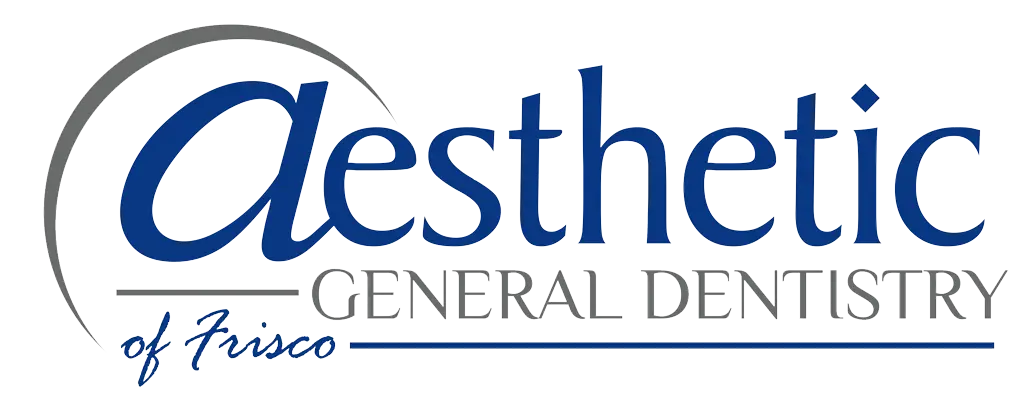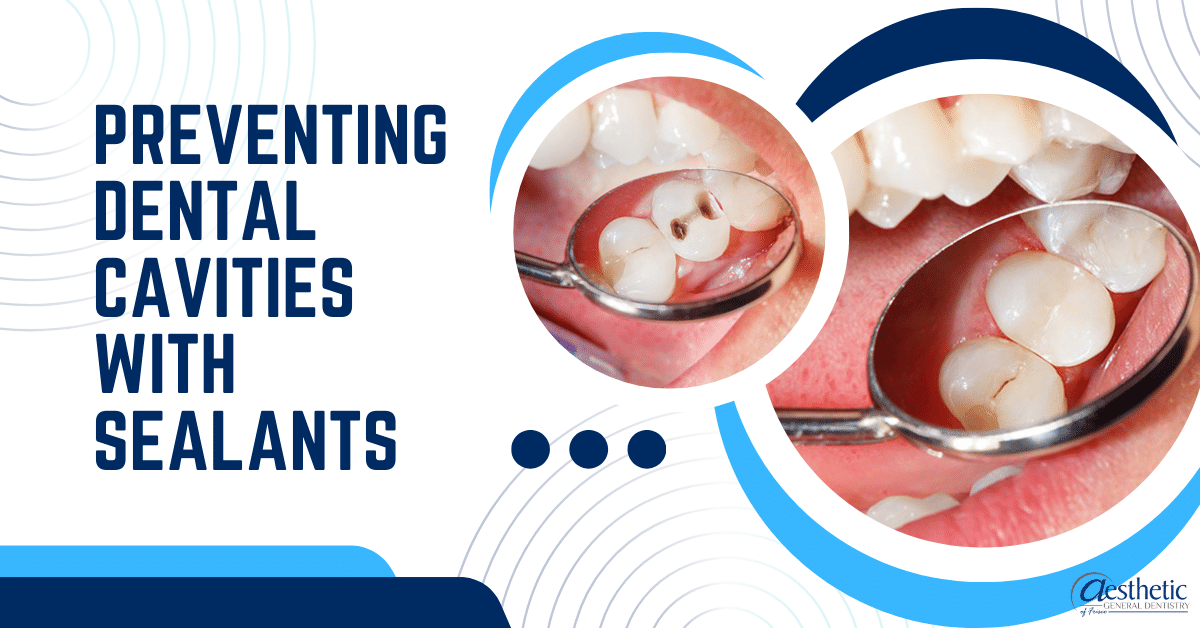Dental sealants are a highly effective yet underutilized tool in preventing dental cavities. These thin, protective coatings, applied to the chewing surfaces of the back teeth, work by sealing off grooves and crannies that tend to accumulate food particles and plaque. Consequently, sealants prevent the buildup of harmful bacteria that cause tooth decay.
Especially recommended for children and teenagers who are more prone to cavities, dental sealants provide an additional layer of defense, along with regular brushing and flossing, in maintaining optimal oral health.
Despite these benefits, it’s important to note that sealants are not a substitute for a comprehensive oral hygiene routine but rather a component.
How do dental sealants effectively prevent cavities in dental hygiene?
An effective dental hygiene program includes dental sealants to prevent cavities. Here’s how they work to protect against tooth decay:
- Sealing Vulnerable Areas: Dental sealants are typically applied to molar and premolar chewing surfaces, where deep fissures and pits can trap food particles and bacteria. These areas are particularly susceptible to cavity formation.
- Creating a Protective Barrier: Sealants are made of a thin, plastic-like material applied to the tooth surface. After application, the sealant hardens and forms a protective barrier over these vulnerable areas. This physical barrier prevents food debris and plaque from settling into the crevices of the teeth.
- Blocking Acid and Bacteria: Sealants effectively block out the harmful effects of acid-producing bacteria in the mouth. When bacteria feed on sugars from food, they produce acids that damage dental enamel and lead to cavities. Sealants inhibit the acid production process by sealing off access to these bacteria.
- Long-Term Protection: Dental sealants are durable and can last for several years. They provide ongoing protection against cavities during this time, especially in the critical years following their application.
- Painless and Non-Invasive: Sealant application is an easy non-invasive, drilling-free procedure numbing agents. It is well-tolerated by both children and adults.
- Complementing Oral Hygiene: Sealants are not substitutes for regular brushing, flossing, or dental check-ups. Instead, they complement these essential oral hygiene practices, adding an extra defense against cavities, especially in hard-to-reach areas.
Prevention is possible with dental sealants dental hygiene. They provide a cost-effective, non-invasive, and long-lasting solution to prevent cavities, especially in individuals prone to tooth decay or those with deep grooves and fissures in their molars.
What are the recommended ages for receiving dental sealants as a cavity prevention measure?
The recommended ages for receiving dental sealants as a cavity prevention measure typically focus on children and adolescents, as this is the period when tooth decay is most common. Sealants assist grownups in certain situations. Here are the recommended age groups:
- Children and Adolescents: Dental sealants are most commonly applied to the permanent molars and premolars of children and adolescents. The first set of permanent molars (usually around ages 6-7) and the second set (usually around ages 11-14) are typically sealed as soon as they erupt. This preventive measure helps protect these newly erupted teeth during their cavity-prone years.
- Adults: While sealants are often associated with pediatric dentistry, adults can also benefit, especially if they have deep tooth grooves and fissures that are susceptible to decay. Adults with a higher risk of cavities or who haven’t had sealants as children may consider sealant application as a preventive measure.
Ultimately, the decision to receive dental sealants should be made in consultation with a dentist or dental hygienist. They can assess an individual’s specific risk factors and dental anatomy to determine if sealants are beneficial to their preventive dental care plan, regardless of age.
Are there specific dental professionals who provide sealant applications for cavity prevention?
Yes, several dental professionals are trained and qualified to provide sealant applications for cavity prevention:
- Dentists: General dentists are typically the primary providers of dental sealants. They have the necessary training and expertise to assess a patient’s oral health, identify the need for sealants, and perform the application. Dentists can also monitor the condition of existing sealants during regular check-ups.
- Pediatric Dentists: Pediatric dentists specialize in providing dental care for children, including applying sealants. They often focus on sealant treatments for primary and permanent molars in children and adolescents.
- Dental Hygienists: Dental hygienists are trained to assist dentists in various dental procedures, including sealant applications. In some states, dental hygienists can apply sealants under the supervision of a licensed dentist.
- Public Health Programs: Some public health programs, especially those aimed at children, may offer sealant application services as part of their preventive dental care initiatives. Dental hygienists or other qualified professionals may administer these programs.
- Community Health Clinics: Community health clinics may have dental professionals on staff who offer sealant applications as part of their preventive dental services.
It’s vital to contact a dentist to check your oral health needs and determine if sealants are a suitable preventive measure for you or your children. Regular dental check-ups allow one to discuss and receive sealant treatments when deemed beneficial for cavity prevention.
What is the process of applying dental sealants, and how long do they typically last as a preventive measure?
Dental sealants are easy to apply and typically involves the following steps:
- Tooth Preparation: The tooth receiving the sealant is cleaned thoroughly to remove plaque, food particles, and debris. It is then dried and isolated to ensure a dry working environment.
- Etching: A special etching solution is applied to the tooth’s chewing surface. This solution roughens the enamel, creating a better surface for the sealant to adhere to. After a brief period, the etching solution is rinsed off, and the tooth is dried again.
- Sealant Application: The sealant material, a thin, liquid resin, is painted onto the prepared tooth’s surface. It flows into the grooves and pits of the tooth.
- Hardening: A curing light hardens the sealant, bonding securely to the tooth’s surface. This process usually takes only a few seconds per tooth.
Once applied and hardened, dental sealants create a protective barrier over the tooth’s fissures and pits, stopping food and microorganisms from entering these areas and causing cavities.
As for their longevity, dental sealants can last for several years with proper care. They are known to be effective for up to 5-10 years, although their lifespan can vary depending on factors like oral hygiene practices, chewing habits, and wear and tear. Dental professionals regularly check sealants during routine check-ups and may recommend reapplication or touch-ups to ensure ongoing protection against cavities.
Are there any potential side effects or considerations when using dental sealants for cavity prevention?
Despite the fact that dental sealants are a risk-free and effective way to avoid cavities, there are a few things to keep in mind and possibilities for adverse consequences :
- Allergic Reactions: While extremely rare, some individuals may be allergic to the materials used in sealants. Before getting sealants, inform your dentist of any known allergies or sensitivities.
- Short-Term Sensitivity: After sealant application, some individuals may feel a slight pain or sensitivity in the affected area teeth, especially when chewing. This is typically temporary and should subside within a few days.
- Wear and Tear: Sealants can wear down over time, particularly in individuals who have bruxism (teeth grinding) or chew on hard objects. Having your teeth checked often might help keep an eye on the health of sealants and determine if they need to be repaired or replaced.
- Maintenance: Regular brushing, flossing, and dental checkups are still necessary when sealants are in place. Sealants only protect the treated surfaces and do not substitute for overall oral care.
Overall, the benefits of dental sealants in preventing cavities far outweigh any potential side effects or considerations. If you have concerns or questions about sealants, you should discuss them with your dentist, who can offer customized advice and suggestions for oral health needs.
Embrace Prevention with Dental Sealants to Safeguard Your Oral Health from Cavities
Our experienced team offers this highly effective and painless preventive measure to protect your teeth, especially the molars and premolars most prone to decay. Dental sealants create a protective barrier, keeping harmful bacteria and food particles away from vulnerable areas. With our expert application and ongoing monitoring, you can enjoy long-lasting cavity prevention.
Don’t wait until cavities strike – take proactive steps to preserve your oral health. Contact Aesthetic General Dentistry of Frisco today and invest in the longevity of your smile.

